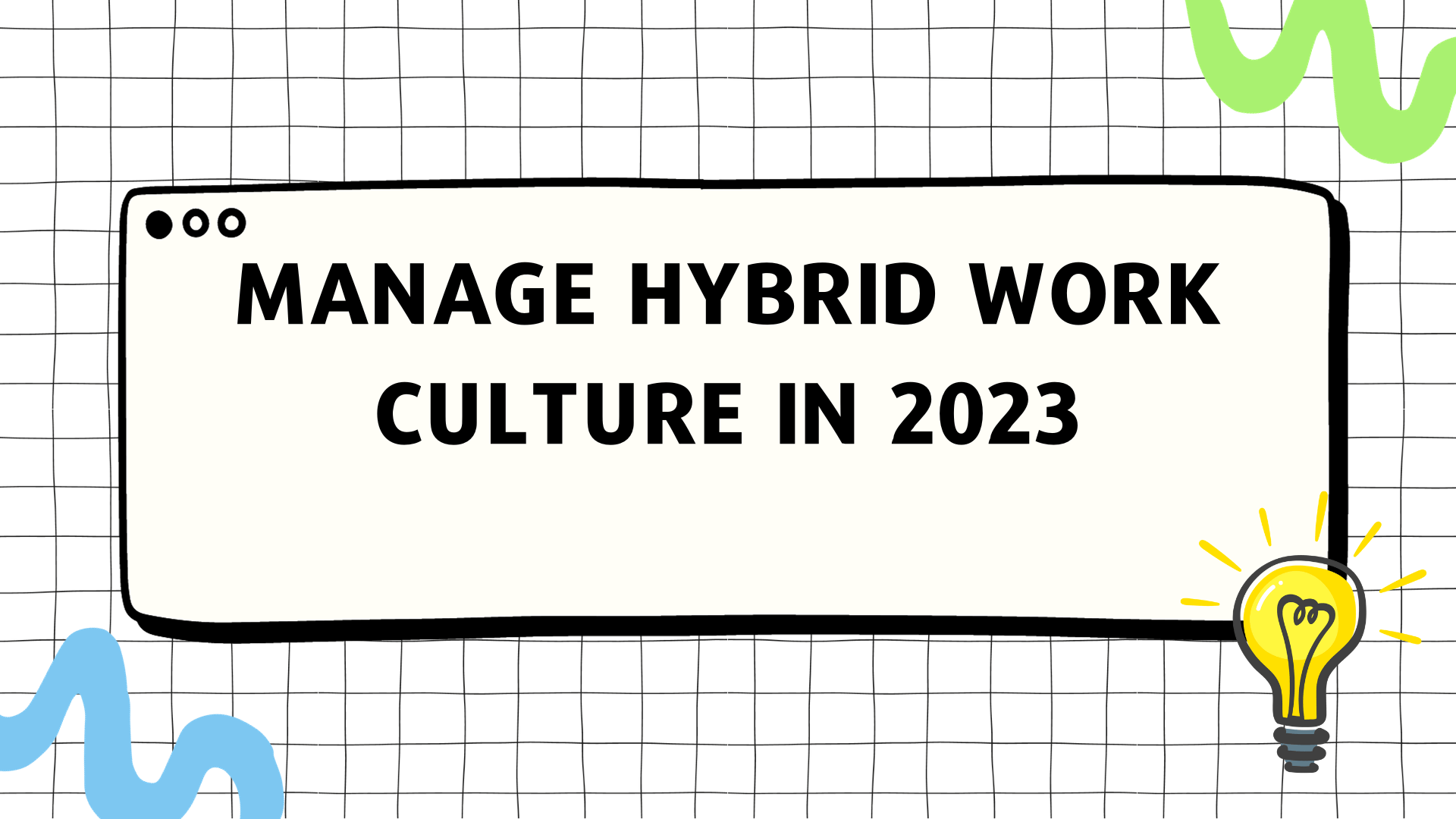Do you ever feel like your business is swamped with unorganized data, leaving you confused about how to utilize it effectively? Here’s a fact: the amount of digital data produced daily globally is expected to reach 149 zettabytes by 2024.
Our blog post will guide you through an innovative approach called “data-centric architecture,” which can help streamline and manage these massive data volumes in your company. Dive in and learn about this transformative model that could lead your business towards seamless operations and strategic decision-making!
Key Takeaways
- Data-centric architecture values data as a valuable asset, making it the core of design and decision-making processes.
- It breaks down data silos by integrating various data sources, improving data management, accessibility, and collaboration.
- Implementing data – centric architecture requires cultural changes like fostering a mindset that prioritizes data and technical updates to enable seamless integration and accessibility.
Understanding Data-Centric Architecture
Data-Centric Architecture involves valuing data as a valuable asset and putting it at the core of design and decision-making processes.
Definition and concept
Data-centric architecture refers to a model where data takes the center stage, becoming the primary and permanent asset. Unlike traditional application-centric systems, this design approach gives precedence to data over applications.
It arranges IT infrastructures in a way that makes data readily available and accessible across different systems. This design treats data as an essential component that drives smarter decisions rather than just supporting them.
Therefore, it’s not merely about storing or managing information but making it the nucleus of business operations and strategy.
Shift from application-centric to data-centric
In the past, IT systems and applications were designed with a focus on specific tasks or functions. However, there has been a shift in recent years towards a data-centric approach.
This means that instead of putting applications at the center of design and decision-making, data takes precedence. Data is seen as a valuable asset that can drive smarter decisions and improve overall business operations.
By prioritizing data-centric architecture, organizations are able to break down data silos, enhance data quality and accessibility, and ultimately become more agile and flexible in today’s fast-paced digital landscape.
Key Characteristics of Data-Centric Architecture
Data-Centric Architecture values data as a valuable asset, puts data at the core of design and decision-making, and breaks down data silos.
Valuing data as a valuable asset
Data-centric architecture places significant importance on valuing data as a valuable asset. Instead of treating data as a byproduct of applications, it recognizes that data holds immense value for organizations.
By acknowledging the worth of data, businesses can prioritize its collection, management, and utilization to drive better decision-making and business outcomes. This shift in mindset ensures that data is at the forefront of design and decision-making processes, elevating its role within the organization.
Breaking down silos and establishing a culture where data is considered a permanent asset enables businesses to harness the full potential of their data for improved operational efficiency and strategic advantage without compromising security or privacy.
Putting data at the core of design and decision-making
Data-centric architecture prioritizes the role of data in designing and making decisions. By valuing data as a valuable asset, organizations can harness its power to drive smarter decision-making and optimize design processes.
This approach breaks down data silos that hinder collaboration and efficiency, leading to improved data management and organization. With a focus on putting data at the core, businesses can enhance their agility, flexibility, and ultimately achieve better outcomes.
Breaking down data silos
Data silos occur when different departments or systems within an organization hoard and store data separately, creating barriers to collaboration and hindering access to valuable insights.
Breaking down these silos is a key characteristic of data-centric architecture. By integrating various data sources and ensuring seamless communication between systems, organizations can unlock the full potential of their data.
This allows for better decision-making, improved business agility, and enhanced overall efficiency. When data silos are eliminated, information becomes more accessible across the entire organization, leading to better insights and smarter strategies moving forward.
Benefits of Data-Centric Architecture
Data-Centric Architecture offers improved data management, enhanced data security, and increased business agility.
Improved data management and organization
Data-centric architecture brings with it improved data management and organization. By placing data at the core of design and decision-making processes, organizations are able to ensure that data is captured, stored, and accessed in a more efficient and structured manner.
This allows for better overall management of data assets, reducing duplication and ensuring data consistency across various systems and applications. Additionally, breaking down data silos enables easier access to relevant information by different teams within the organization, facilitating collaboration and quicker decision-making.
With improved data management and organization comes the ability to harness the full potential of valuable business insights hidden within the vast amount of available data.
Enhanced data security and privacy
Data-centric architecture provides enhanced data security and privacy measures. By valuing data as a valuable asset, organizations prioritize the protection of sensitive information from unauthorized access or breaches.
Data-centric design ensures that security features are embedded into the core of systems and processes, making it easier to safeguard data across various applications and platforms.
This approach also promotes data privacy by implementing strict access controls, encryption techniques, and monitoring mechanisms to ensure compliance with relevant regulations such as GDPR or CCPA.
Increased business agility and flexibility
Data-centric architecture brings increased business agility and flexibility to organizations. By putting data at the core of design and decision-making, businesses can quickly adapt to changing market conditions and customer needs.
With a data-centric approach, companies have the ability to make faster and smarter decisions based on real-time insights derived from their data assets. This enables them to respond more effectively to market trends, seize new opportunities, and stay ahead of their competition.
Additionally, breaking down data silos allows for seamless collaboration between different departments and teams within an organization, fostering greater agility in delivering products or services that meet evolving customer demands.
Implementing Data-Centric Architecture
Implementing data-centric architecture requires both cultural and technical changes to prioritize data as a valuable asset, enabling organizations to make smarter decisions. Learn how to operationalize data-centricity in your enterprise for improved data management and increased business agility.
Cultural and technical changes required
To successfully implement a data-centric architecture, both cultural and technical changes are required. Culturally, organizations must foster a mindset that values data as a strategic asset and prioritize its management.
This may involve promoting data literacy across the organization, encouraging collaboration between different teams, and fostering a culture of data-driven decision-making. From a technical perspective, implementing data-centric architecture requires updating existing systems and processes to ensure seamless integration and accessibility of data across the enterprise.
This may include adopting new technologies, such as cloud computing or advanced analytics tools, and breaking down data silos to enable cross-functional insights. By embracing these cultural and technical changes, organizations can fully realize the benefits of a data-centric approach in improving operations and driving business success.
Operationalizing data-centricity in the enterprise
To operationalize data-centricity in the enterprise, organizations need to make cultural and technical changes. This involves creating a mindset that values data as a valuable asset and putting it at the core of design and decision-making processes.
Additionally, breaking down data silos is crucial to ensure improved data management and organization. By embracing a data-centric approach, companies can harness the benefits of enhanced data security, privacy, business agility, and flexibility.
Implementing this strategy requires aligning people, processes, and technologies to create an environment where data-centricity becomes ingrained in every aspect of the organization’s operations.
Conclusion
Data-centric architecture is a revolutionary approach that values data as a valuable asset and puts it at the core of design and decision-making. By breaking down data silos, businesses can experience improved data management and organization, enhanced security and privacy, as well as increased agility and flexibility.
Implementing this approach requires both cultural and technical changes to fully operationalize data-centricity within the enterprise. With data-centric architecture, organizations can make smarter decisions, ensuring that their data remains a permanent strategic asset for long-term success.
FAQs
1. What is data centricity architecture?
Data centricity architecture is a data-focused design in which data accessibility and client-server computing are prioritized for better functioning of applications.
2. How does a data-centric approach benefit a company?
A Datacentric approach helps companies to have efficient systems, strategies, database-centric architectures and makes their role more competitive among the datacentric organizations.
3. What’s the difference betweendatadriven architecture and datacentric architecture?
While both approaches focus on maximizing the use of information, Data-driven architecture relies heavily on incoming information, whereas Datacentric architecture ensures that relevant information is easily accessible everywhere in an organization.
4. Are there any specific roles for individuals within a Data-Centric Model?
Yes! A person working in this model would need to adopt a data-centric mindset ensuring seamless integration of technologies facilitating better application performance.
5. Can you define what are some features of Data centric infrastructure?
A well-structured data-centric infrastructure involves robust database programming which provides effective solutions by enabling real-time client-server connectivity leading towards improved decision-making processes.
6. Why should organizations consider adopting the Data-Centric Design Approach?
Adopting a “data-first” or “data-centered” strategy increases efficiency as it focuses on making important business decisions based on the available comprehensive datasets rather than individual applications or systems.




